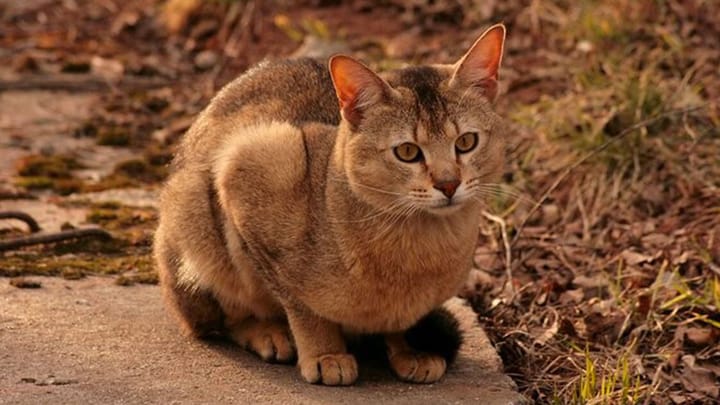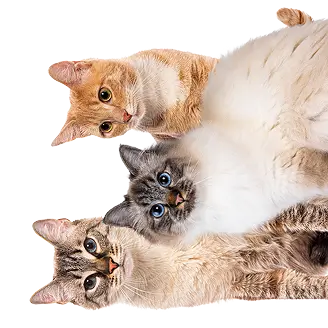Chausie

Chausies are hybrid cats, that originated from cross breeding between a domestic cat and a wild cat, known as the Jungle Cat (or Felis Chaus) native to parts of Central Asia, the Middle East and Africa, and to which it owes its name. Tall, athletic, and extremely active, these wild-looking cats love big open spaces.
|
Life expectancy |
The Chausie has a life expectancy of between 12 and 14 years |
|
Temperament |
|
|
Adult size |
Female
Between 16 and 18 in
Male
Between 16 and 20 in
|
|
Adult weight |
Female
Between 13 and 20 lb
Male
Between 13 and 24 lb
|
|
Coat colour
Black, brown, silver The brown ticked tabby has agouti hairs over its entire body, with alternating brown and black bands on each individual hair. |
Black Brown |
|
Type of coat
Short |
Short Long |
|
Eye colour
Yellow, green, hazel |
Green
Yellow
Brown
|
|
Purchase price |
The Chausie costs between £850 and £2000 |
Chausies are the only breed that have black coats with silver tips.
More details about the Chausie
Chausie: Origins and history
Archaeological findings of mummified Felis Chaus (Jungle Cats) in the coastal regions of the Nile testify to contact between these wild cats and humans, going back several thousands of years. It is therefore unsurprising that they were selected as potential hybrid candidates for the purpose of obtaining wild-looking cats, with domestic cat behaviours.
The first cross breeding between a Chaus and a domestic cat dates back to the early seventies in the USA. Since then, crosses with Abyssinians, Bengals and wild looking non-pedigree domestic cats have also taken place. The Chausie was recognised as a breed due to two American breeders, Judy Bender and Sandra Cassalia. They were registered in 1995 and they were awarded new breed status in 2003.
Physical characteristics of the Chausie
Chausies are medium to large cats. Their bodies are long and rectangular, and they have medium sized frames that are well complemented by their strong muscles. Their athletic jumping and running abilities are down to their incredibly powerful back legs. Their tails are quite thick and generally three-quarters of the length of a normal cat’s tail. Their heads are triangular and are topped with large ears that are broad at the base, and are sometimes tufted at the tip. Their eyes are oval-shaped and are quite close together.
Chausie: Characteristics
Chausie: Behaviour
Breed compatibility Chausie
Chausie: Purchase price
On average, a Chausie cat costs between £850 and £2000 depending on their lineage, upbringing, age and sex.
It also costs approximately £25 per month to provide for their needs and to ensure that they stay healthy.
Chausie: Shedding
Average
These cats lose an average amount of hair, although they lose more during their moulting periods.
Chausie: Grooming
Their short coats only need one weekly brush, and require no special care.
Chausie: Health
12 to 14 years.
Their dense coat and undercoat make them good at adapting to both cold and hot climates
Their massive appetites are heavily linked to their daily energy expenditure.
Pyruvate kinase deficiency: a disease that causes the destruction of red blood cells leading to anemia.
Progressive retinal atrophy:This causes blindness.
In addition to the hereditary diseases mentioned above, F1 to F3 or F4 males are often sterile (F1 is the direct offspring of a hybridisation between a cat Chaus and a domestic cat). Some individuals may have intestinal problems related to gluten intolerance. They can also develop the same illnesses as any other cat such as oral diseases.
Cross breeding is permitted with other Chausies, Abyssinians and domestic cats.
Cross breeding with Chaus (Wild Jungle Cats) is also permitted provided that the legal requirements imposed by CITES regarding the holding of wild cats are met.



